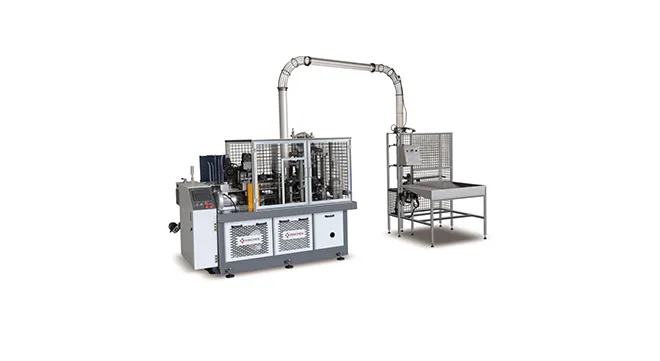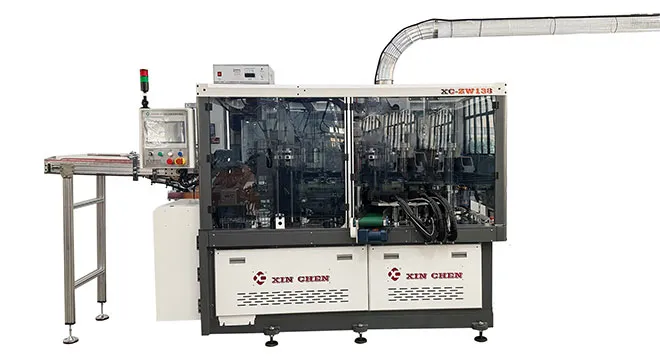Yes, acai bowls can be a healthy choice when prepared mindfully, as they pack a punch of antioxidants, fiber, and healthy fats. However, their nutritional value largely depends on the ingredients added, making it crucial to understand how to build a balanced bowl. This article delves into the health benefits of acai bowls, explores the role of sustainable serving solutions like paper bowl machines, and offers tips for creating nutritious combinations that align with both wellness goals and eco-friendly practices.

The Nutritional Profile of Acai Bowls
Native to the rainforests of Brazil, acai berries are renowned for their high concentration of anthocyanins—powerful antioxidants that combat free radicals and support cellular health. A single serving of acai puree (not the sugar-laden versions often found in pre-made mixes) provides essential nutrients like vitamin C, manganese, and omega-3/6 fatty acids. When paired with nutrient-dense toppings such as fresh berries, nuts, and seeds, acai bowls become a well-rounded meal that can boost energy, aid digestion, and support heart health.
However, it’s important to be cautious of hidden sugars. Many commercial acai bowls include sweeteners like honey, agave, or flavored yogurts, which can significantly increase calorie and sugar content. Opting for unsweetened acai bases and natural sweeteners like mashed bananas or a drizzle of 100% maple syrup helps maintain the bowl’s health benefits while satisfying sweetness cravings.
Sustainable Serving: The Role of Paper Bowl Machines
As the popularity of acai bowls grows, so does the demand for eco-friendly serving solutions. Paper bowl machines play a vital role in this shift, producing biodegradable and compostable bowls that align with the sustainability values of health-conscious consumers. These machines create durable, leak-resistant paper bowls that not only reduce plastic waste but also enhance the presentation of acai bowls, making them ideal for cafes, food trucks, and home use.
Building a Balanced Acai Bowl: Tips for Nutrition and Flavor
Creating a healthy acai bowl involves more than just the base. Here’s a breakdown of how to structure a nutritious bowl while optimizing for taste and texture:
1. Choose the Right Acai Base
- Opt for unsweetened, frozen acai puree or powder (check labels for minimal additives)
- Avoid pre-mixed acai blends that contain added sugars or preservatives
- Consider blending acai with unsweetened almond milk or coconut water for a lighter consistency
2. Layer in Nutrient-Dense Ingredients
- Fiber-Rich Fruits: Berries (blueberries, strawberries, raspberries), sliced banana, kiwi
- Healthy Fats: Chia seeds, flaxseeds, hemp hearts, sliced avocado, nut butters
- Crunch & Texture: Granola (look for low-sugar options), chopped nuts (almonds, walnuts), coconut flakes
3. Mindful Sweetening
- Use whole fruits like dates or mashed banana as natural sweeteners
- Limit added sugars to a maximum of 1–2 teaspoons per bowl
- Experiment with spices like cinnamon or vanilla extract to enhance flavor without sugar
The question of whether acai bowls are healthy extends beyond nutrition—it encompasses the entire lifecycle of the product, from sourcing to serving. Choosing ethically harvested acai and pairing it with sustainable packaging like paper bowls created by eco-friendly machinery aligns with a holistic approach to wellness. This mindset resonates with modern consumers who view health as a combination of personal nutrition and environmental stewardship.
In conclusion
Acai bowls can be a nutritious addition to a balanced diet when prepared with care, and their presentation in sustainable paper bowls further enhances their appeal. By focusing on whole, unprocessed ingredients and eco-conscious serving solutions, both individuals and businesses can enjoy the benefits of acai bowls while contributing to a healthier planet.

 Jun 09,2025
Jun 09,2025








